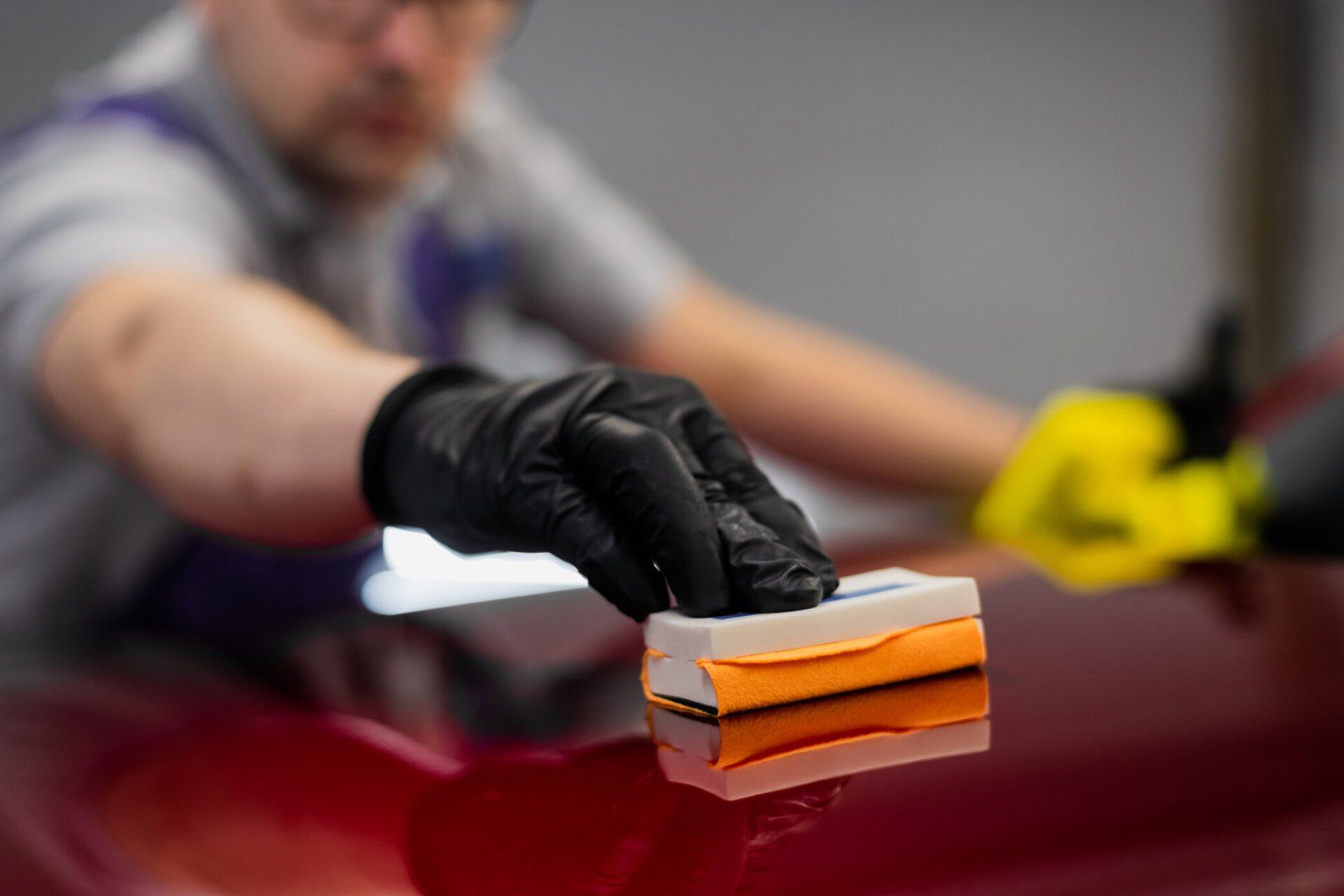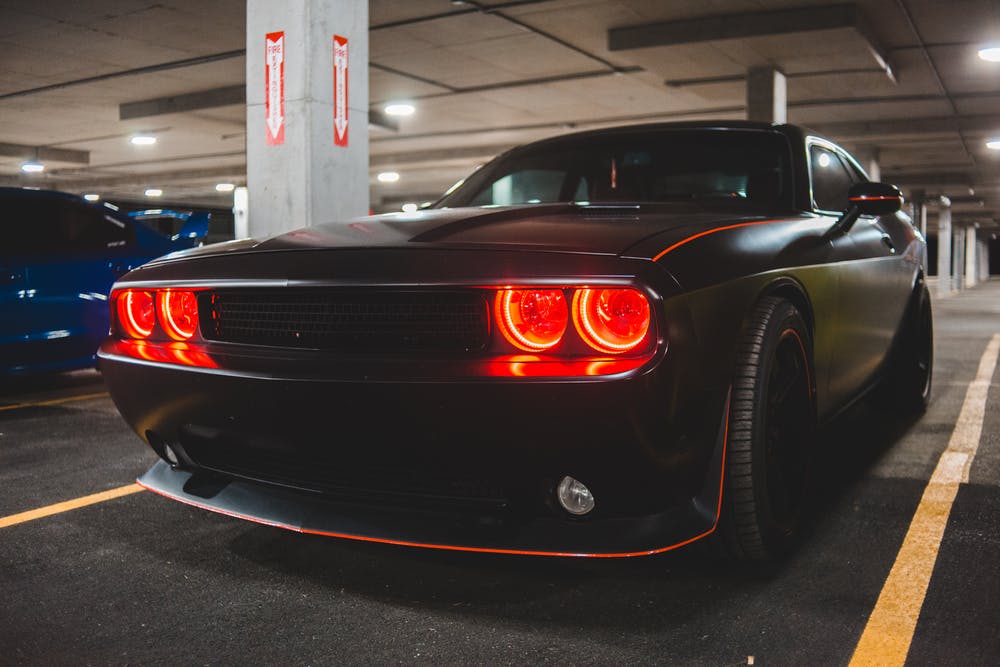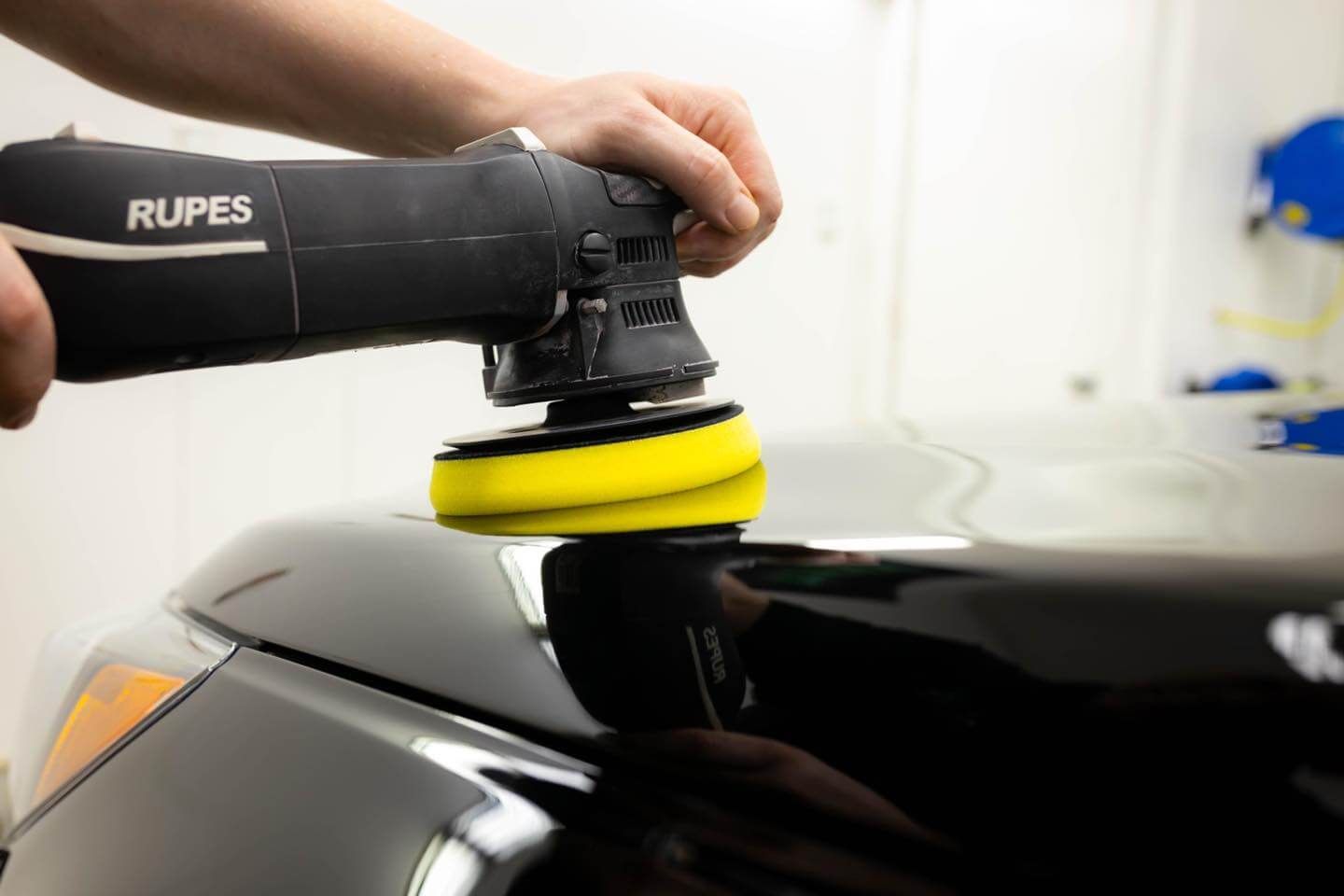The prime benefit of owning a car is that you can travel with ease. Yet, having a car is no easy task because it has to be kept in top condition to keep it running optimally. For this reason, most car owners go above and beyond when it comes to protecting their cars. There are many ways to add protection to a car, and one of them is adding a ceramic coating.
A ceramic coating is a liquid polymer layer that’s applied by hand to your car. When applied, it hardens and forms into a thin glass-like layer that gives it a shiny appearance. It protects the vehicle from most harmful elements, such as heat, water, dirt, and dust.
As impressive as it sounds, ceramic coating is not perfect because it can wear down over time. Because of this, it’s also essential to properly maintain your car’s ceramic coating. How exactly do you do that? This article will shed some light on the matter. Read on below to learn more.
Why Maintenance Is Important
Ceramic coating is an exceptional product, but some people actually think that it’s the peak of vehicle protection. This misconception can create disappointment when it is discovered that ceramic coatings still have limits.
Some of these misconceptions include:
“Ceramic Coatings Prevent All Scratches”
Ceramic coatings may be a protective layer, but again: they are extremely thin. If something gets past the coat, then it can still scratch the paint of your car. For this reason, it is essential that you still take good care of your vehicle and spend the time to routinely check your ceramic coating.
“Ceramic Coatings Are Self-Cleaning”
This is very far from the truth. Ceramic coatings make it harder for dust, dirt, or other contaminants to stick to your car’s surface, which helps it stay clean for a more extended period of time.
However, if you don’t routinely clean your vehicle, then there will be a build-up of contaminants on the vehicle’s surface. This will begin to inhibit the coat’s hydrophobic properties and lessen the shine of the coat itself.
If your car has a ceramic coating, it’s vital to still routinely clean it using proper washing techniques. On the bright side, the cleaning process will be much quicker and easier because of the hydrophobic properties of the ceramic coating.
“Ceramic Coatings Are Indestructible”
If a ceramic coating is maintained well, it can last for years. Unfortunately, it’s not indestructible and will wear away over time.
Additionally, ceramic coating can wear off faster if you drive your car on more rural roads where debris and gravel is more common. Ceramic coating can also be impacted by incorrect washing techniques such as the use of harsh chemicals and stiff brushes as well as constant exposure to the elements.
Washing a Ceramic Coated Car
When a new ceramic coat is applied to your car, you must let it cure (dry) for a period of 24 hours to 7 days. Once this initial period ends, you can drive your car but you should still be cautious . Your ceramic coating will not fully cure for at least 3 to 4 weeks and the exact timing does depend on the temperature and humidity as well as where your vehicle is stored.
Once your ceramic coating has fully cured, you should wash your car twice a month to remove contaminants that were picked up from your drive. Then again, you shouldn’t follow this explicitly because you still need to wash your car any time when it gets pretty dirty.
Conclusion
Maintaining your car’s ceramic coating is relatively easy. Just make sure to wash your car according to schedule so that the contaminants won’t build up over time. You’ll be glad you did because it prolongs the life of your ceramic coating. To fully ensure quality, however, it’s best to have your ceramic coating done by professionals!
5 Star Auto Detailing provides services for applying
ceramic coatings in Rochester. Ceramic coatings are low-maintenance yet offer top-quality protection because every car deserves to be protected. Contact us and get yours today!






